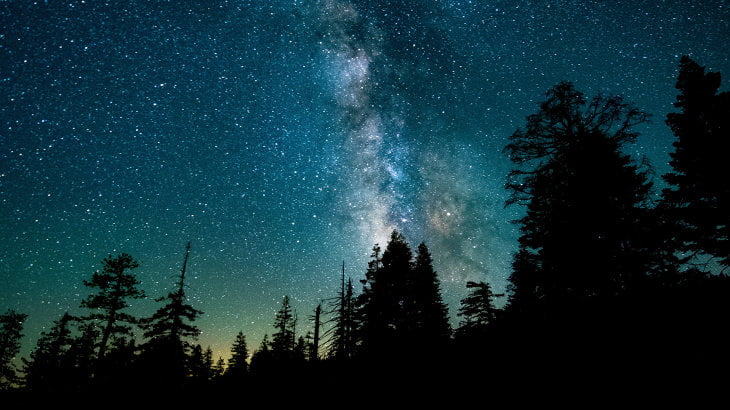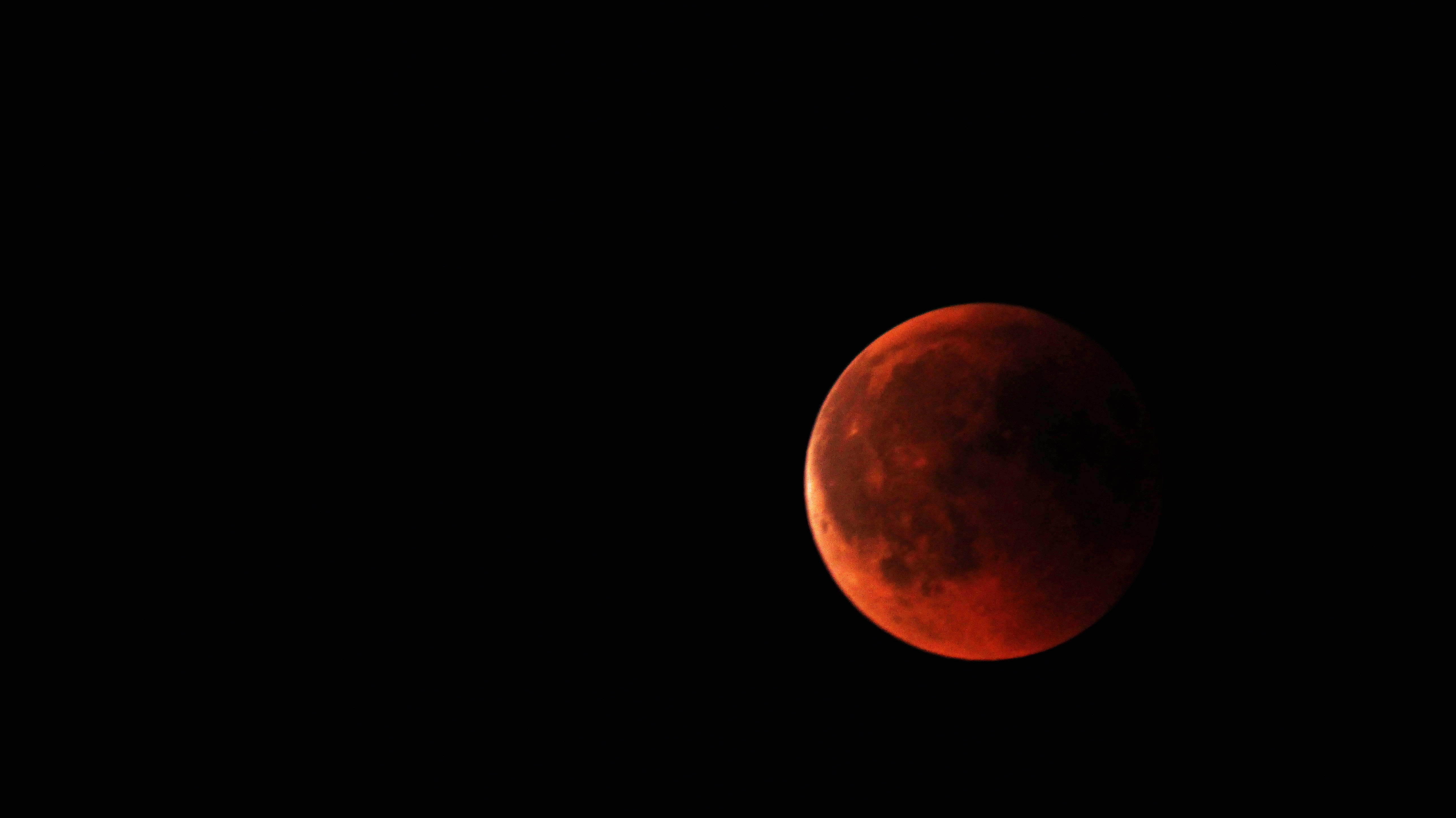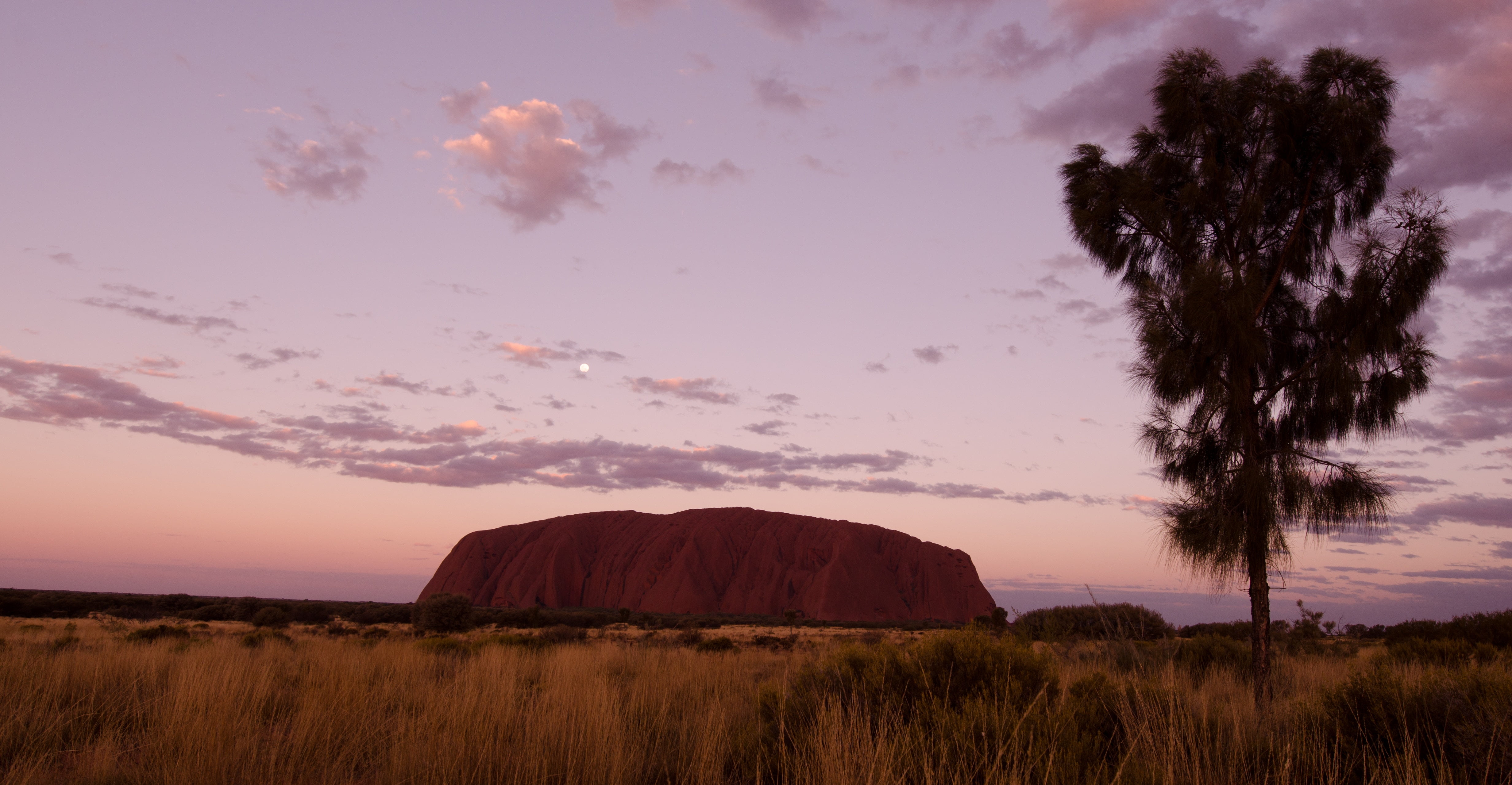
We’re only a week into 2019, and already we’ve seen two pretty amazing events in space exploration: New Horizons’ visit to Ultima Thule, and China’s landing on the far side of the Moon.
On January 1, NASA’s New Horizon spacecraft passed by the Kuiper belt object Ultima Thule, a contact binary located roughly 4 billion miles from the Sun. The spacecraft managed to snap some impressive images, including the stereo image seen below (which you can view in 3D by using stereo glasses).
The event became the “most distant planetary flyby in history.”

Meanwhile, China kept busy by landing their Chang’e-4 lander-probe on the Moon’s far side on January 3. This was also an historic first for space exploration, and, as Universe Today reports, China plans to follow up in the future with crewed lunar missions.
But what else is on the menu for this year? Here are a few other things you’ll probably hear about in 2019, if you haven’t already:
1. NASA Selects Next New Frontiers Mission In July
An interesting note about the New Horizons spacecraft: It was the very first mission launched by NASA’s New Frontiers program, all the way back in January 2006. In July of 2019, NASA will select the fourth mission to move forward under the program, which will then launch by 2024.
The two finalists are Dragonfly and CAESAR, each with decidedly different goals. Dragonfly would see a mobile robotic rotorcraft sent to Saturn’s moon Titan, while CAESAR, or the Comet Astrobiology Exploration Sample Return mission, would head out to comet 67P/Churyumov–Gerasimenko to, well, collect samples.
2. Super Blood Wolf Moon
On January 20-21, those living throughout North and South America, as well as parts of Europe and Asia, will be able to witness the last total lunar eclipse until 2021. This eclipse also happens to be a Blood Moon, and is known as a “Wolf Moon” as well because it’s the first full moon of January.

As is typical, this particular blood moon eclipse is considered by some to be a harbinger of destruction. The eclipse itself isn’t the only point of “evidence” — also cited are a number of strange occurrences recently involving river water turning blood red. According to the Daily Express, this has happened in both Indonesia and in Papua New Guinea, leading many to believe we’re about to experience something quite Biblical.
Video uploaded on December 19, 2018 shows red water, reportedly in the Linthipe River of Malawi. I’ll check in on January 22 and let you all know whether or not the world ended this time.
3. SpaceX First Crewed Flight Into Orbit

Well, if we do make it through this year’s first apocalypse, we may get to see SpaceX perform a crewed flight into orbit. The test flight of their Crew Dragon — a capsule that can carry up to seven astronauts — is already scheduled for January 17, though it may be pushed back while funding sorts itself out. It may otherwise happen in February.
According to Space.com, if the test succeeds (on time), we’ll see SpaceX perform their first crewed flight with NASA astronauts Bob Behnken and Doug Hurley in June.
4. Stratospheric Controlled Perturbation Experiment
Harvard scientists intend to perform a small-scale experiment during the first half of 2019, one that involves unleashing a small amount of calcium carbonate into the stratosphere. According to Nature, their intentions are simple: to test how the particles disperse and reflect rays of sunlight away from Earth.
The experiment, called the Stratospheric Controlled Perturbation Experiment (or SCoPEx) is being considered a potential first step on the course of solar geoengineering.
The idea, on a larger scale, would be to block or scatter sunlight, therefore reducing the effects of global warming (they cite the aftermath of the Mount Pinatuba eruption in 1991, which blocked sunlight and reduced the Earth’s temperature by 0.5 degrees Celsius).
However, scientists wonder how such an action (again, on a much larger scale than this particular experiment) could impact global precipitation and crop growth, not to mention other unforeseen consequences. Or benefits. We’ll see how this small-scale experiment goes later this year — and then continue to wonder whether or not blocking the Sun artificially is a good idea.
You can read more on this experiment and other frequently asked questions about it here.
5. Uluru Climbing Ban

Let’s round things out with a story from Australia.
In some circles, Uluru, or Ayers Rock, is known for a curse that haunts anyone who pilfers rocks, twigs, or sand from the sacred formation. Many tourists, if their tales are true, have learned this the hard way, going so far as to mail back stolen items in hopes of erasing their bad luck.
Local Aboriginals — namely, the Anangu — have fought for many years to prevent those same tourists from climbing Uluru. The sandstone formation features heavily in their creation myths, with many “creator beings” still calling the site home even to this day, according to local beliefs.
However, in October, the Anangu will finally get their wish, when the Uluru-Kata Tijuta National Park officially enacts their ban on climbing the sacred site.
What About the Paranormal?
Science experiments and lunar eclipses are pretty easy to nail down these days. The world of the supernatural? Not so much. We’ll have to wait and see what big sightings and paranormal events pop up in 2019.
In my previous article, I shared a handful of the more absurd paranormal headlines from recent weeks — let’s just say, I hope we get more ghost sightings, and fewer literal Bigfoot hunters.






